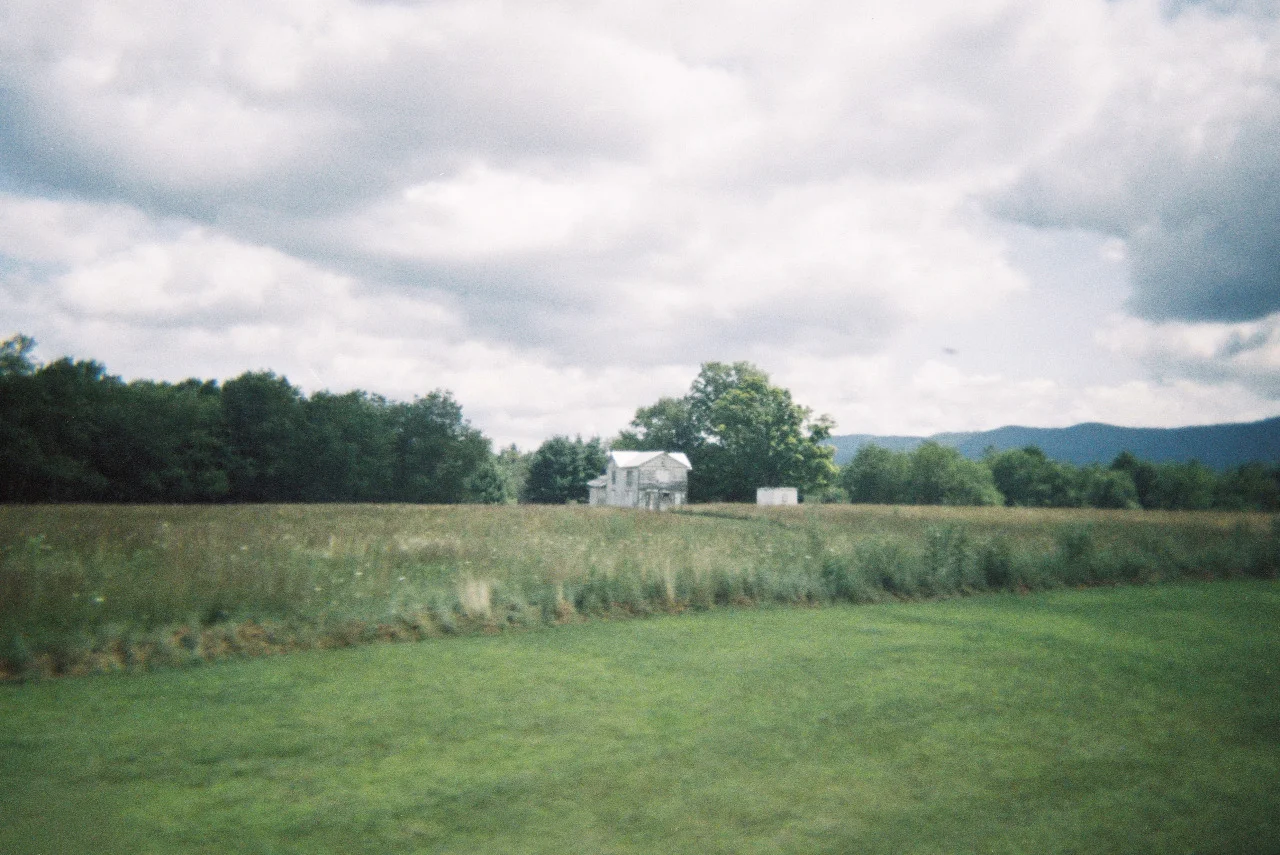National Radio Quiet Zone, West Virginia - The American Guide (2014)
The difference between quiet and silent is vast.
There are no signs to mark your entrance into the weird airspace that is the National Radio Quiet Zone. Wending through the Appalachians, the omnipresent bleeps and bloops coming from that smartphone in your pocket are the first to go. Next is the radio fading from your stereo, leaving nothing but static. Finally, aboveground power lines disappear as gas stations with analog, rolling numbers at their pumps proliferate.
Though a world away in many senses, visiting the NRQZ isn’t physically difficult. It was specifically chosen for its unique topographical isolation, paired with a relative proximity to major cities and knowledge centers; it’s far away enough to count, but not so removed as to be unuseful.
In the original West Virginia: A Guide to the Mountain State (1941), little is said of the area. The NRQZ wasn’t established until the Cold War was in full swing, when a federal mandate carved a 13,000 square-mile electronic black hole into the hills, inside of which electromagnetic signals small and large are heavily restricted. That’s an area the size of Massachusetts and Connecticut combined.
Residents at its center are permitted the use of landlines, ham radios, and cabled Internet to communicate… but that’s it. Restrictions here encompass almost all modern conveniences we take for granted—from WiFi and radio broadcasts all the way down to a set of automatic door openers at a local Dollar Store, which terrorized scientists’ efforts until the source of their exasperation was identified and promptly removed.
The most drastic of these prohibitions are, logically, most concentrated within the 10-20 mile radii of the NRQZ’s two research epicenters: the National Radio Astronomy Observatory (NRAO) at Green Bank and the U.S. Navy Information Observation Command at Silver Spring. The latter also has been widely (albeit unofficially) recognized as a major site for the ECHELON system, the NSA and international intelligence communities’ surveillance tool of choice.
Vehicles at the Green Bank facility are from the 1960s, before automotive engines had electronic components. An official tour of the NRAO’s grounds includes a demonstration of the massive data spikes caused by interference from a car’s remote entry “clicker.” Here the difference between quiet and silent is vast.
Despite the requisite laissez-faire attitude in the face of the NSA and researchers listening to the most esoteric hums of the universe, your author was taken aback when informed her ancient SLR camera, whose only digital feature is a light meter, was too high-tech to be permitted on the tour. (Luckily, the gift shop sells flash-less point-and-shoots in-house.)
And cameras were just the beginning. As an interloper, all of a sudden simple tasks—like booking a motel room, or coordinating a rendezvous between parties—became full-blown undertakings.
What do you do when a hotelkeeper (whom you’d carefully phoned ahead to warn of your arrival) announces via handwritten note on the lobby door that they’ve decided to close for a few days? The last guesthouse you’d seen was hours ago… The answer is, as it always has been, to roll with it—you know, like they did in the “old days.” Give thanks for the paper map in your glove box and haul tail to a State Forest campground before the sun sinks further into the hills.
The demographics here are just plain bizarre. The town of Green Bank consists of approximately 150 locals who have never lived with text messaging or pop radio. Adding to the mix is a contingent of the world’s premier astronomers and government spies. Then we arrive at the nuttier end of the spectrum, populated by people who flock to the NRQZ in hopes of finding respite from electromagnetic waves they believe wreak havoc on the human body. Green Bank Elementary may be the only place in the world where children reared to shun high-tech life are classmates with kids whose dinner conversations could plausibly include how Daddy found a pulsar at work today…
But on a very earthly level, it all works somehow. The NRQZ is at once the last bastion of a simpler time, even as world-altering discoveries occur just down the road. It’s a dialectical dream come true.






